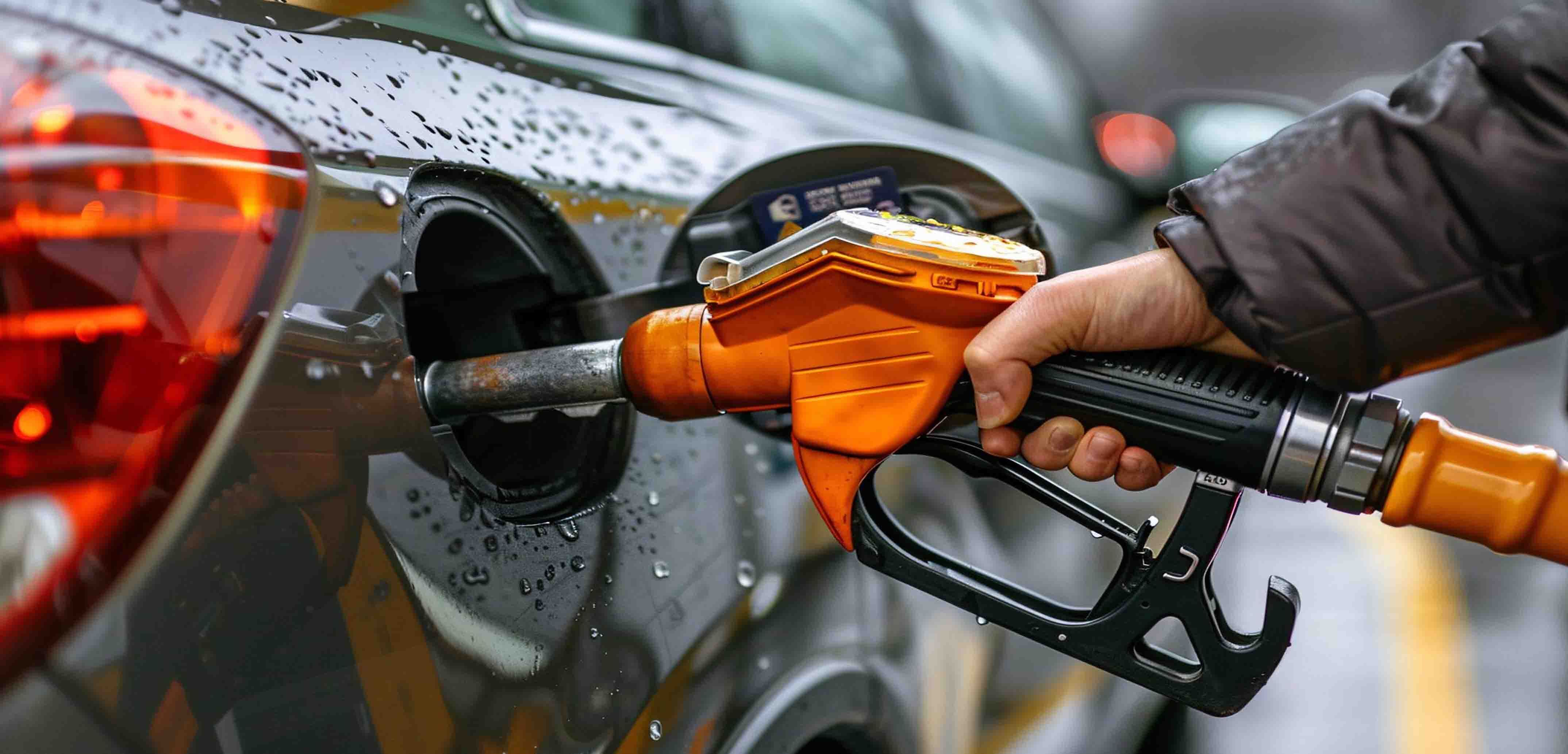
How to Save Fuel Costs in Logistics: Expert Tips
How to Save Fuel Costs in Logistics: Expert Tips
In the ever-evolving world of logistics, fuel costs can often feel like a constant thorn in your side. With fluctuating prices and the ever-present need to maximize efficiency, it's crucial to find effective ways to keep these costs under control. But fear not! We've gathered some expert tips that are not only practical but also creative, ensuring your logistics operations stay both profitable and sustainable. Let’s dive into the exciting world of fuel efficiency!
1. Optimize Route Planning: The Art of the Perfect Path
Imagine navigating through a maze, but instead of hitting dead ends, you glide smoothly to your destination. That’s what optimal route planning can do for your logistics operations. By using advanced GPS and route optimization software, you can turn the chaos of city traffic into a symphony of efficiency. Here’s how:
Avoid Congestion : Use real-time traffic data to outsmart traffic jams.
Minimize Idle Time : Plan routes that keep your wheels turning.
Leverage Technology : Let route optimization tools be your logistics maestro, considering factors like road conditions, traffic patterns, and vehicle load.
2. Implement Fuel Monitoring Systems: The Fuel Detective
Ever wanted to feel like Sherlock Holmes? With fuel monitoring systems, you can become the detective of your fleet. These systems provide real-time data on fuel consumption, helping you crack the case of inefficiency. Here’s your investigative toolkit:
Track Fuel Usage : Monitor each vehicle’s fuel consumption like a hawk.
Detect Fuel Theft : Receive alerts for any suspicious fuel activity.
Identify Maintenance Needs : Spot vehicles in need of a tune-up to keep them running smoothly.
3. Regular Vehicle Maintenance: The Secret Sauce
Think of regular maintenance as the secret sauce that keeps your fleet running like a well-oiled machine. Keeping your vehicles in top shape not only improves performance but also slashes fuel consumption. Key ingredients include:
Engine Tuning : Regularly tune engines to maintain their perfect performance.
Tire Maintenance : Keep tires properly inflated and aligned for a smoother, more fuel-efficient ride.
Oil Changes : Stick to the recommended oil change schedule.
Air Filters : Replace air filters to ensure your engine breathes easy.
4. Driver Training Programs: Transforming Road Warriors
Your drivers are the knights of the road, and a little training can turn them into fuel-saving champions. By teaching fuel-efficient driving practices, you can slash fuel costs while keeping your fleet on the move. Training highlights:
Smooth Driving : Encourage drivers to glide like a ballerina, with smooth acceleration and deceleration.
Speed Management : Maintain a steady, moderate pace - no need for a race!
Avoiding Idling : Turn off the engine during long stops - idling is the enemy.
Using Cruise Control : Embrace the magic of cruise control on highways for consistent speed.
5. Invest in Fuel-Efficient Vehicles: The Future is Now
Step into the future with fuel-efficient vehicles. Modern vehicles, especially hybrids and electric models, offer incredible fuel savings and a smaller carbon footprint. Consider these futuristic options:
Hybrid or Electric Options : Slash fuel costs and embrace green technology.
Aerodynamic Designs : Opt for vehicles with sleek, aerodynamic shapes to cut through the air with ease.
Lightweight Materials : Lighter vehicles = less fuel consumption.
6. Leverage Telematics: The Fleet Whisperer
Telematics technology is like having a whisperer for your fleet, providing insights into vehicle performance and driver behavior. With telematics, you can:
Monitor Driving Habits : Track behaviors such as harsh braking, rapid acceleration, and excessive idling.
Optimize Fleet Operations : Use data analytics to streamline fleet usage and reduce unnecessary trips.
Implement Predictive Maintenance : Schedule maintenance based on real-time data to prevent breakdowns and maintain fuel efficiency.
7. Encourage Load Optimization: Pack Smart
Why take two trips when one will do? Load optimization is all about making the most of every trip, reducing fuel consumption and increasing efficiency. Tips for smart packing:
Consolidate Shipments : Combine shipments whenever possible to maximize load capacity.
Use Load Planning Software : Employ software to plan and optimize loads efficiently.
Balance Loads : Ensure loads are evenly distributed to avoid excessive fuel usage.
8. Adopt Fuel Management Policies: Rules of the Road
Establishing and enforcing fuel management policies can create a culture of fuel efficiency within your organization. Consider implementing:
Fuel Purchase Agreements : Negotiate better rates with suppliers.
Incentive Programs : Reward drivers and teams for hitting fuel efficiency targets.
Regular Audits : Conduct fuel usage audits to spot trends and opportunities for improvement.
9. Explore Alternative Fuels: Think Outside the Tank
Alternative fuels like compressed natural gas (CNG), biodiesel, and ethanol offer both cost savings and environmental benefits. Here’s how to get started:
Evaluate Availability : Check for alternative fuel stations in your operating areas.
Analyze Costs : Compare the costs of alternative fuels to traditional ones.
Pilot Programs : Test the waters with pilot programs to gauge effectiveness.
Conclusion
Reducing fuel costs in logistics doesn’t have to be a daunting task. With a blend of technology, smart planning, and a dash of creativity, you can transform your logistics operations into a model of fuel efficiency. Embrace these expert tips to keep your fleet running smoothly, reduce costs, and pave the way for a greener future.
Fuel efficiency is more than just a cost-saving measure – it’s a journey towards sustainability and innovation. By integrating these practices into your logistics strategy, you’ll not only stay ahead of the curve but also contribute to a more sustainable and competitive logistics industry. Stay tuned to our blog for more insights and tips on optimizing your logistics operations!